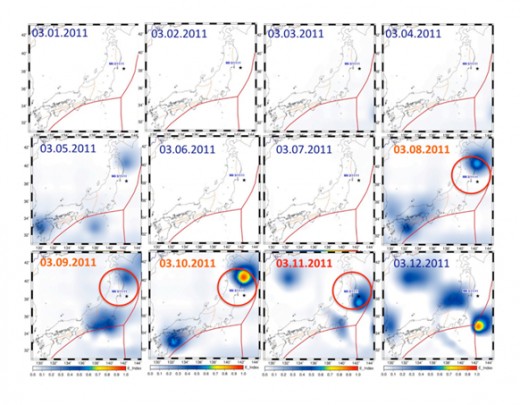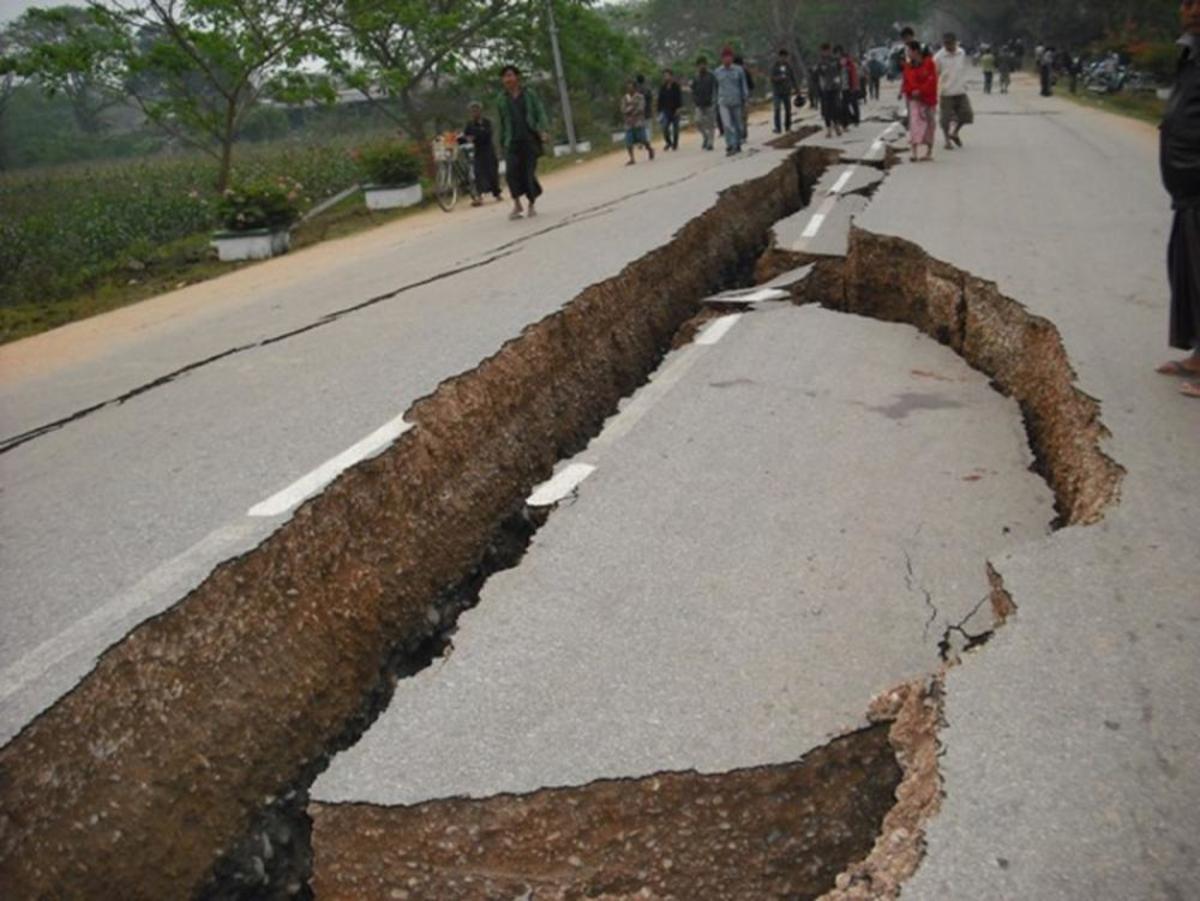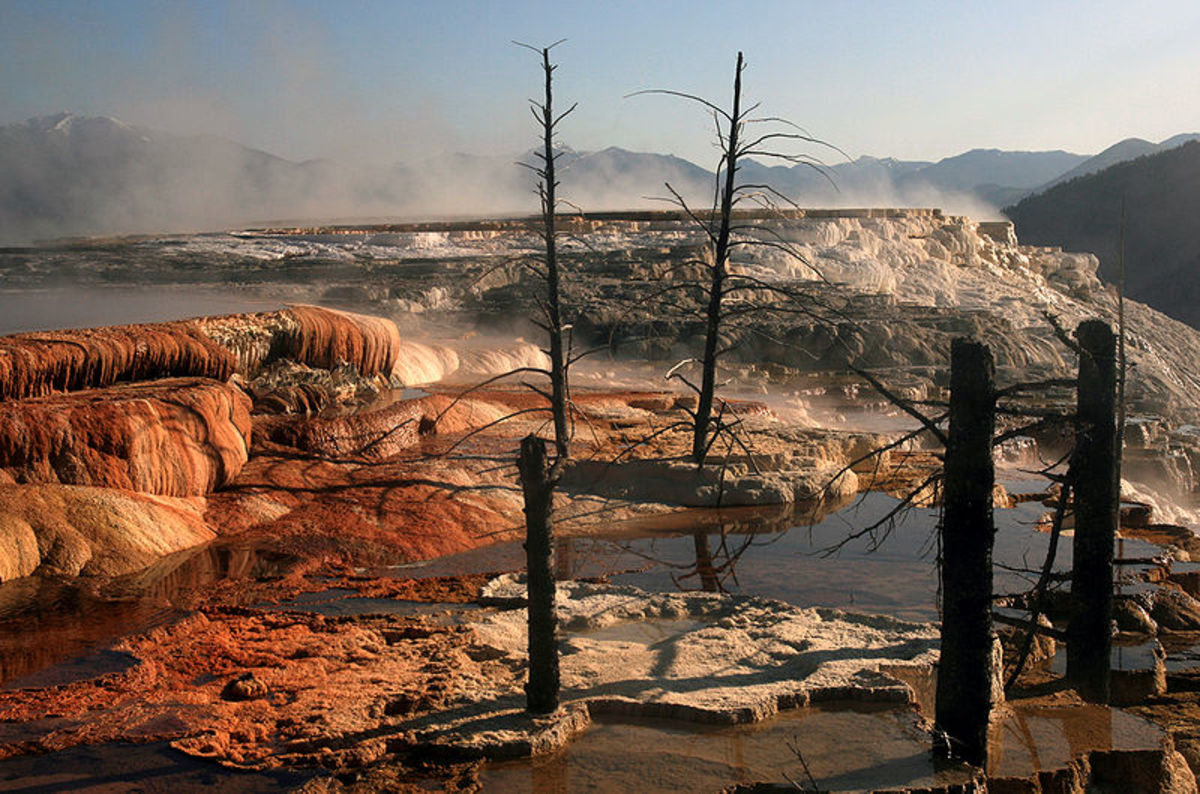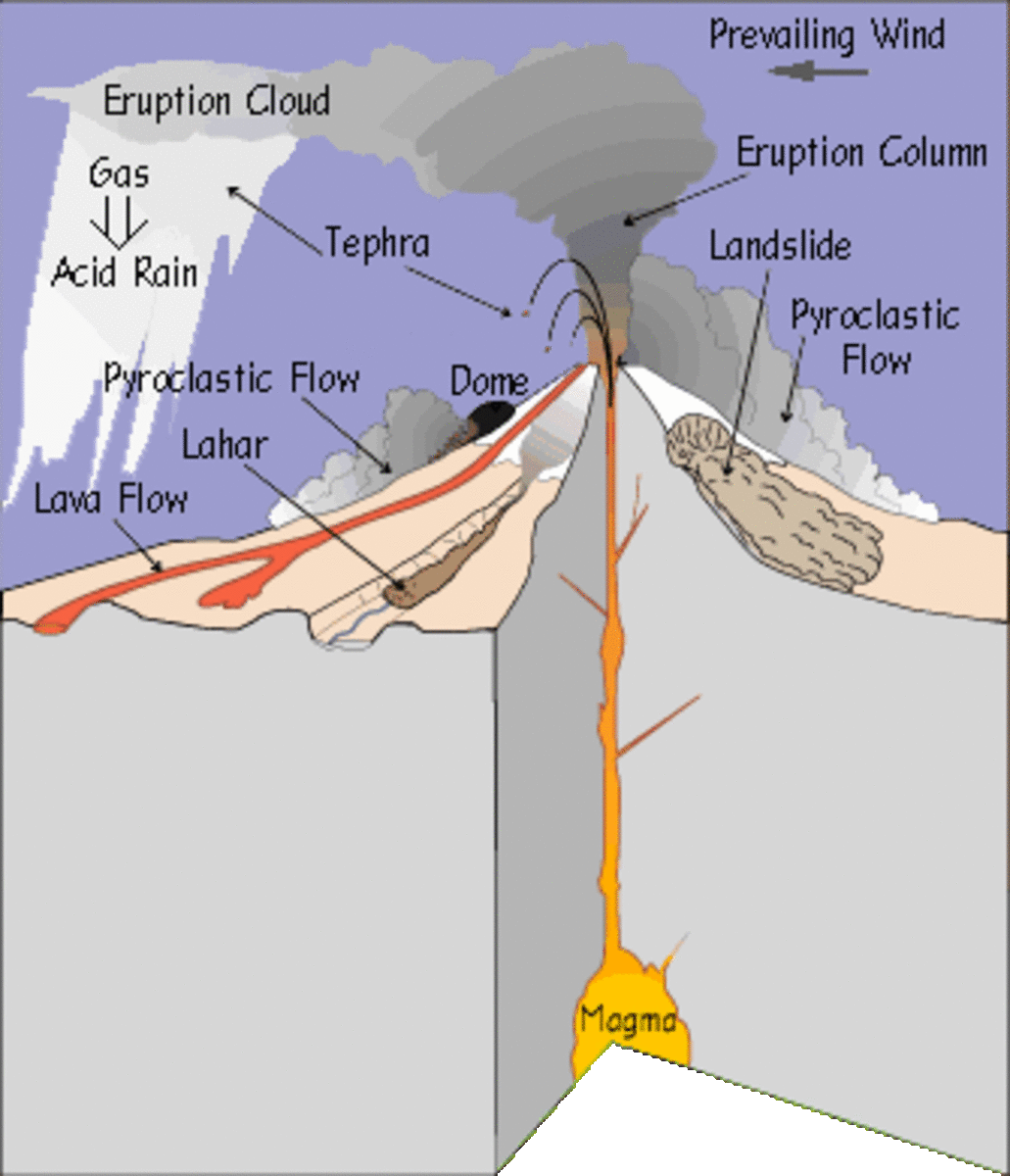Can Atmospheric Heating Predict Future Earthquakes
Can Atmospheric Heating Predict Future Earthquakes? New Developments In Earthquake Prediction Science
Can Atmospheric Heating Predict Future Earthquakes - Recent scientific inquiries into this field of research have revealed startling conclusions.
While many branches of scientific inquiry have made incredible strides over the past century, earthquake prediction science has been woefully slow to make advancements that could lead to accurate scientific forewarning of pending earthquakes. Reports of unusual pre-earthquake atmospheric phenomena have led inquisitive scientists to initiate research into atmospheric conditions in areas that are prone to experience earthquakes. The initial results of these atmospheric investigations in earthquake zones have provided enough positive data to warrant further research that could eventually led to accurate earthquake prediction methods.
The science of earthquake prediction has included investigations into a wide variety of phenomena from animal behavior to ground water levels to radon gas emissions from the earth. In recent years, scientists have grown increasingly interested in what is going on in the atmosphere above earthquake zones, as spaced-based surveillance has indicated changes in the earth’s atmosphere in the days before a major earthquake occurs.
Prior to two recent major earthquake events in Haiti and Japan, atmospheric anomalies were detected by scientific instruments that warrant further research. Just days before the January 2010 earthquake that devastated Haiti, a spacecraft known as DEMETER that is operated by French scientists indicated a significant increase in ultra-low-frequency radio signals above the epicenter of the powerful earthquake. Additionally, the atmosphere above the area of the epicenter of the March 2011 earthquake that hit north-eastern Japan heated up rapidly in the days before the earthquake occurred, as shown in the graphic below.
Atmospheric Data Before Japan Earthquake

Can Atmospheric Heating Predict Future Earthquakes | Scientific Research Into Earthquake Atmosphere Connection
According to scientists at NASA’s Goddard Space Flight Centre in Maryland, the total electron content of the ionosphere increased dramatically over the location of the Japan earthquake epicenter off the north-eastern coast of Japan in the days prior to the massive magnitude 9.0 earthquake, reaching a maximum three days before the earthquake struck. Satellite observations of the epicenter indicated a large increase in infrared emissions from above the area of the epicenter, which peaked in the hours before the earthquake occurred. Both of these measurements indicated that the atmosphere was heating up in the area above the earthquake epicenter, before the earthquake occurred.
These initial indications of a link between anomalous atmospheric conditions above an earthquake epicenter and a soon to follow earthquake provide scientists hope that someday they will be able to predict earthquakes, just as they predict other physical phenomenon, such as the weather or meteor showers. However, additional research is required to demonstrate that the anomalous atmospheric conditions recorded by scientific instruments before the Haiti and Japan earthquakes is actually a unique warning of a pending earthquake rather than random atmospheric fluctuations or something that can be caused by occurrences in the earth’s crust or atmosphere other than earthquakes. If the anomalous atmospheric conditions are unique to earthquakes, their detection could someday be utilized to predict earthquakes before they happen and move people out of harms way.
Since science is based on logic and the principal cause and effect, there is a need to find a direct relationship between the condition of the earth in the area of an earthquake epicenter prior to an earthquake occurring and the anomalous condition of the atmosphere above an earthquake epicenter. Researchers at the University of Colorado have demonstrated that electromagnetic activity can be generated by the fracturing of crystalline rock, which occurs in fault lines before earthquakes. This could be one of the causes of the anomalous atmospheric conditions prior to the occurrence of an earthquake. Another theory regarding the cause of anomalous atmospheric conditions prior to an earthquake is that enormous stresses in a fault near a future earthquake epicenter causes the release of large amounts of radon gas into the atmosphere. The radioactivity from the large release of radon gas causes a large scale increase in the magnetic charge of the air in the atmosphere above the future epicenter, which triggers the large scale condensation of water, as water molecules are attracted to the charged ions in the air. The process of water condensation releases a tremendous amount of heat that causes infrared emissions that are detected by scientific instruments. The radon emissions then go on to ionosphere and increase its total electron content.
Scientists involved in the field of earthquake prediction science have been searching for many decades for ways to predict future earthquakes and create an effective monitoring system that can be used to warn people of an imminent earthquake, so actions can be taken to save life and property. This new avenue of scientific inquiry regarding the link between anomalous atmospheric conditions and earthquakes may someday lead to reliable scientific earthquake prediction methods that could save countless lives and improve the quality of life for those who live in earthquake zones. Can Atmospheric Heating Predict Future Earthquakes? The scientific jury is still out, but initial research into this intriguing field of science is encouraging.










